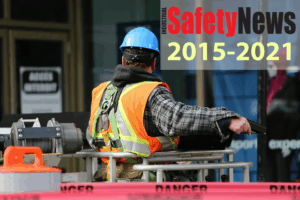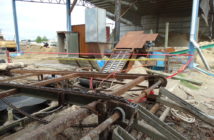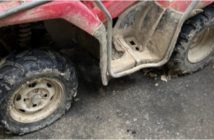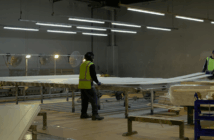Failure to ensure the safety of critical equipment has left one worker dead and another with multiple injuries in two separate incidents

An electrical engineering firm was fined $332,060 after a worker harnessed to the top of a 30-metre high temporary transmission tower was injured when it fell to the ground leaving him with multiple injuries.
WorkSafe’s investigation found that the tower was not safely secured. The company was found to have failed to:
- Develop and implement a safe system of work
- Ensure the tower was erected in accordance with the manufacturer’s instructions
- Ensure the competency of its workers on the towers.
WorkSafe’s Head of Specialist Interventions Simon Humphries said the sentencing should remind those working in the industry to ensure they understand and mitigate the risks.
“The fact that tower fell in the first place is completely unacceptable. If you are expecting your workers to carry out their duties 30 metres in the air, then as an employer you need to have absolute and failsafe measures in place to keep those workers safe. This worker was lucky to escape this incident with his life but will carry the injuries and trauma sustained in the incident with him for the rest of his life.”
In another incident, a worker has died after a wire rope being used as a handrail appears to have parted as he leaned against it, resulting in him falling onto the ground.
Initial examination of the wire rope has found corrosion at the site of the parting. It is unclear at this stage whether there had been prior damage but the wire rope was covered with a material that was not transparent.
The rope in this particular case was used on a vehicle that was regularly exposed to a marine environment but the advice below applies to all such situations.
Final conclusions about the cause of this particular accident have not been made but in the interim WorkSafe is urging companies to make sure that the use of handrails systems are:
- based on sound risk assessments
- properly designed for risks they are protecting against
- constructed so they can be easily maintained and/or inspected
- regularly inspected and replaced/repaired when needed.
Advice should be sought from competent persons regarding the expected life of handrails and the type of inspection systems required to keep them safe.



